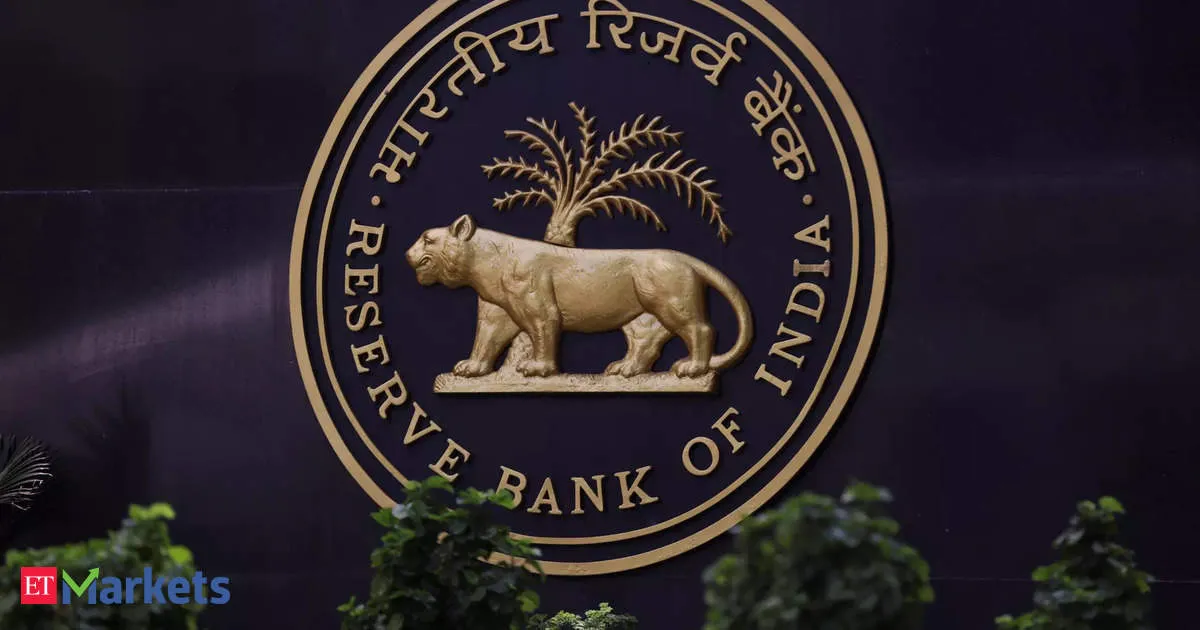Inflation and Currency Stability: RBI's Intervention Effects

The Stability of Currency Amid Inflation Pressure
The Indian rupee ended nearly flat on Thursday, with intervention by the Reserve Bank of India helping to stabilize the currency despite a broader decline among most Asian peers. The rupee closed at 83.9650 against the U.S. dollar, nearly unchanged from 83.9775 in the previous session.
RBI's Impact on Currency Performance
The rupee traded within a narrow range of less than 2 paisa throughout the day, as dollar outflows and a dip in peer currencies applied pressure. This was offset by dollar sales from state-run banks, likely acting on behalf of the RBI, traders said.
- Despite sufficient demand to push the rupee below 84, the RBI remains resistant to such a shift.
- The rupee is expected to trade sideways within the 83.90-83.98 range.
- Last week, the currency touched an all-time low of 83.9850.
Market Reactions to Economic Indicators
The dollar index remained flat at 101.7 while U.S. bond yields rose following consumer inflation data that diminished prospects for a significant rate cut by the Federal Reserve next week.
Concerns linger about potential job market declines, which could shift market expectations about rate adjustments. Focus shifts to the European Central Bank's policy decision and forthcoming U.S. inflation data.
Equity Market Performance
Indian benchmarks, such as the BSE Sensex and Nifty 50, peaked at record highs, rising 1.7% and 1.9% in their respective sessions.
Consumer inflation data from India is anticipated to show CPI remaining below the RBI's 4.0%% medium-term target for the second month in August, according to a Reuters poll.
This article was prepared using information from open sources in accordance with the principles of Ethical Policy. The editorial team is not responsible for absolute accuracy, as it relies on data from the sources referenced.